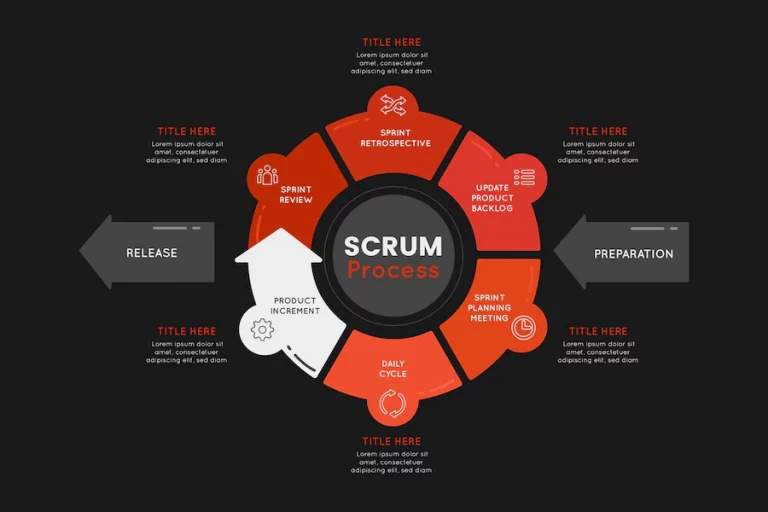How to Run an Effective Brainstorming Session

1. Identify your goal
Even though brainstorming is the most exciting activity of the moment, it is best to stay within your business goals. You should only brainstorm if
a.) you are trying to achieve something specific and
b.) you are ready to act on the ideas presented. Summarize your goal in one or two sentences, such as “find ways to reduce our response time for customer requests” or “plan three key marketing campaigns for the next quarter.”
Share your objective with everyone who will be attending the meeting. Create an agenda for the brainstorming session that includes the summary and a free time for conversation. Let everyone know in advance (not the morning of the meeting) what the meeting is about, so they can prepare.
2. Build the right team
Get your colleagues’ creativity flowing for the sake of brainstorming, not for wondering why they are in your meeting. A survey of more than 800 teams found that too many participants in one room can lead to “social laziness.” This means that a few star players are doing all the work and everyone else is contributing little or nothing. The more people who don’t know why they are there, the lower the quality of the brainstorming.
Give your colleagues their free time, unless you can prove that they can bring something specific to the discussion. This is especially important if they will not be responsible for part of the outcome.
In addition to stating the purpose of the meeting, make sure that everyone invited knows exactly why you want them to attend.
3. Set the stage
It’s easy to always use the same conference room when you need to hold a meeting. But our brains like novelty, and being in a new location can also challenge our brain’s neuroplasticity or ability to think in new ways. By changing your location, you can improve the quality of the ideas that come out of that brainstorm. Try going to the picnic table behind the desk, the local coffee shop, or even another room in your workspace.
If you can’t get to another meeting place, bring in a new element to the old routine. Ask everyone to switch places or become the office MVP with a surprise.
Opinions may differ on the best length of a brainstorming session and will depend on each team. Would 30 minutes work best for a team that is on deadline, or would they prefer closer to an hour to let ideas flow freely? Does your team perform better in the morning, or does it need a boost from lunch? Try different variations to find what works best for your group.
4. Choose a qualified facilitator
If a team meets for a brainstorming session and no one is leading the session, how does that work? Brainstorming sessions are collaborative conversations, but you still need a leader.
A brainstorming facilitator must:
- be a good listener to fully absorb ideas
- time management skills to keep the meeting on track
- organizational skills to create an agenda and record ideas
- leadership skills to encourage all members to participate
Decide before the meeting starts whether you should facilitate the meeting or whether someone else is better suited to do so. Remember that the role of the facilitator is to be neutral and to keep the session moving and participants focused.
5. Find the right tools
6. Make sure everyone participates
You’ve called everyone to the meeting for a reason, and your goal is to get everyone to listen. However, some people are naturally more reserved or introverted.
To ensure that no one is thrown off balance, set the ground rules for the meeting from the start. For example, don’t allow criticism of others’ ideas. Team members who feel psychologically safe will be more likely to come up with innovative ideas. Ask participants to build on the ideas that have just been suggested; research shows that this increases team cohesion.
To mix business with pleasure, make sure your participants are in the right frame of mind to be creative by breaking the ice lightly.
7. Don’t stop at the end of the meeting
A brainstorming session only works if you actually do something with what you’ve created. Keep that momentum going by committing to a few action items as a team. Assign owners for these action items in Confluence and set deadlines for moving the work forward.
If you want to take it further, send out a survey or ask for feedback on the brainstorming session to improve future conversations.
Anything is possible
With proper preparation and execution, your teams can produce incredible ideas. Practice makes perfect, so make sure these brainstorming sessions are regularly scheduled and constantly evolving. Every session is a learning experience. And you never know when the next great idea will be formulated.







